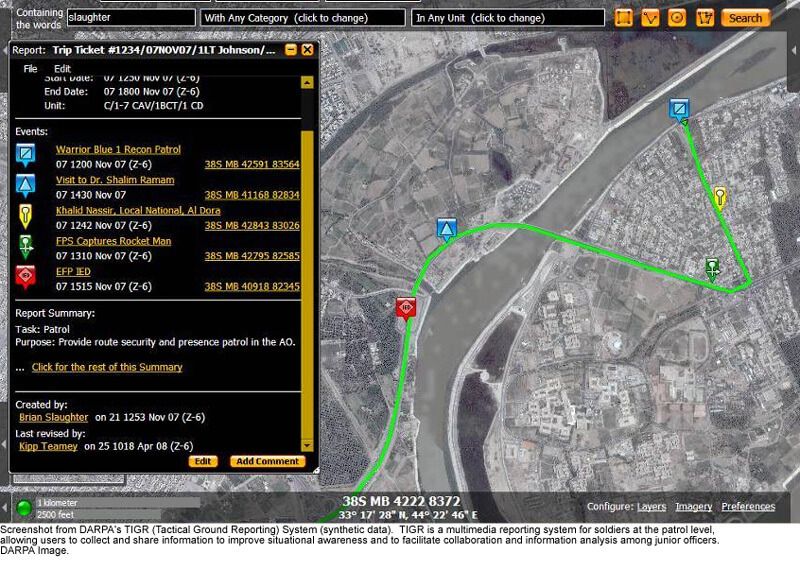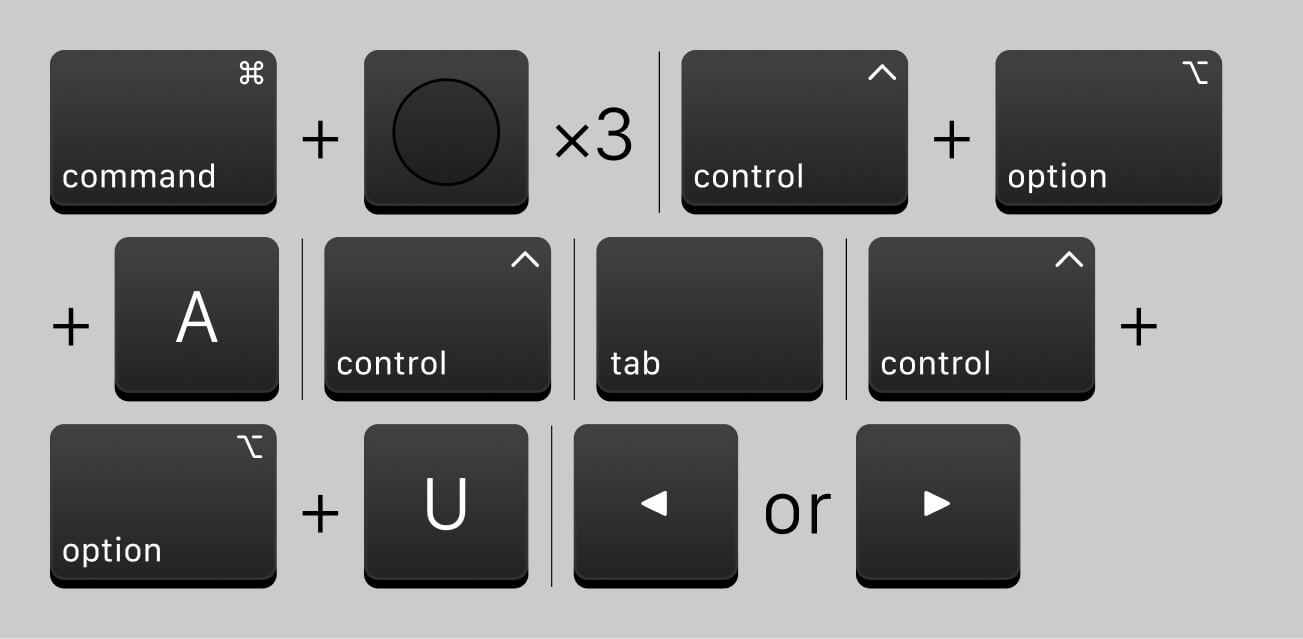UX and the TIGR Patrol Debrief Program
How did you get your start in User Experience?

Many people in User Experience (UX) have interesting stories about how they got into the field, especially since it remains an uncommon career choice. Many people aren’t familiar with UX… so, how would young people find out about it? That’s a question I’m still thinking about. For now, all I can do is tell you my own story.
UX is a second career for me. After college, I served in the US Army for seven years. I was an Infantry Officer and did the kind of things you might expect, like leading a platoon, or serving on the staff writing operations orders – I’ve always been fond of operations 1. I’ve also had many atypical assignments, like Civil-military Operations where I managed reconstruction projects, or coordinating elections during Operations Iraqi Freedom. Other times, I served as an Observer Controller, administrating mock battles in the high desert of California 2.
There I was… #
One time, I was assigned a special DARPA project; working on the adoption of the Tactical Ground Reporting (TIGR) System. It was my role to organize a series of trainings for our Brigade and to help administer the use of the system while on a 15-month deployment to Iraq.
The TIGR system was very different from another system called the Command Post of the Future (CPOF) – you gotta love that name. Whereas the CPOF was big, heavy, and only for higher level operation centers like Brigade and Division Headquarters, the TIGR system could be used by a platoon or squad. It only took a laptop and an internet connection to work. I saw it used at an outpost that housed 2 squads in the center of Baghdad. There, a junior member of a unit, like a private, could use TIGR to get a digital map of the battlefield, enter patrol reports, and toggle on and off layers of markers (like IED explosions, persons of interest or others). This is normally the job of a senior military intelligence officer, but the TIGR system enabled anyone access to that information.
The TIGR system was really advanced for its time. It had this super modern interface similar to google maps, including multi-media attachments, search abilities and filtering. It was fast and you could see data that people were uploading all over the world in near real-time. This was cloud computing a decade before it became popular in the consumer market.
Then I noticed #
I noticed that TIGR was running in the Internet Explorer Web Browser. Running a powerful application like that was a very new thing . I’d like to think that it democratized access to battlefield intelligence among military personnel. Even the most junior soldiers could analyze data, make connections, and impact the mission. It was not lost on me that the web-based platform was a big part of what made that possible. This was around 2007/2008 and I wanted to learn how to make websites because of that experience.
Inspiring a new career #
After returning back from that deployment, I started looking for schools where I could learn web design and development. Using my military education benefit, I went to school at the, now defunct, Art Institute of New York City. I studied Interactive media and graphic design. I had found a career field that balanced my interests in art3 and business.
I won’t go too much into it here, but I will say that there is something disruptive about making someone a website. It seems like it punches holes in people’s business plan. Regardless on whether it is a site for a fine artist or a data-heavy financial application, I have found that a really good website is all about making information accessible to more people. To practice that, you have to understand user-centered design and explore opportunities for innovation.
I am always looking back on that private using the TIGR Patrol Debrief Program. I am thinking about how I can make something that will unlock their potential. That motivation continues to be the reason why I work in the UX field and why I will keep making websites in the future.
Footnotes #
- [1] I’ve always been fond of operations because I studied organizational behavior at the A.B. Freeman School of Business at Tulane University. In my Army Staff positions I was always in operations, and not logistics, personnel, or supply. Working in User Experience at JPMorgan Chase I always found myself drawn to ops work like org design, project management, and team building. When my department formed a DesignOps team I was a natural fit and have been doing it for the last 2-years. My specific area right now is about Culture, Learning, and Growth. I also wrote about that recently as well.
- [2] I’ve previously written about my time in the high desert of California in a post called Remember New Jack City
- [3] Back in undergrad I studied business and fine art. It was much later that I came to understand that art is not the same thing as design. I like to explain the difference as art being about self-expression and design being about solving problems for other people. For more on that I liked this post from a blog called Brain Art.
Read more posts
- Previous:
 Building the ResearchOps Toolbox
Building the ResearchOps Toolbox - Next:
 Using a screenreader
Using a screenreader